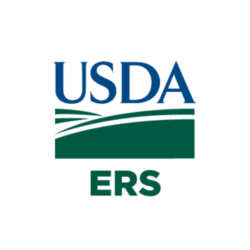
(NAFB.com) – Total research and development spending on crop improvement by the seven largest seed companies increased from less than $2 billion in 1990 to more than $6.5 billion by 2021. USDA’s Economic Research Service reports the spending closely tracks with increases in company revenues from seed and agrichemical sales. Intellectual property rights protections for new seed innovations—especially genetically modified seeds—allow seed companies to set product prices with a temporary legal monopoly. The profits earned are a return for research and development investments and costs to commercialize the inventions. The profits also allowed seed companies to spend more on crop research and development, accelerate the rate of new variety introductions with higher productivity potential, and charge higher prices reflecting the value of improved seeds, according to USDA. Collectively, the seven companies have invested about ten percent of their agricultural revenues in research and development. The top companies include Bayer, Corteva, Syngenta, BASF, Limagrain, KWS and Rijk Zwaan .